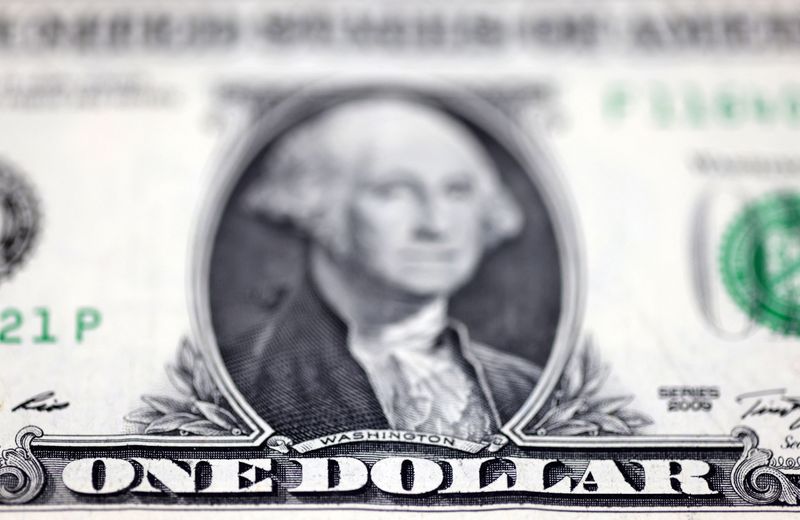Forex
Dollar on track for weekly gain after Trump election win

By Karen Brettell and Stefano Rebaudo
(Reuters) -The dollar rose on Friday and was heading for a weekly gain as investors evaluated the likely impact on the American economy of Tuesday’s election of Republican Donald Trump as U.S. president.
Analysts expect Trump’s policy proposals — including more trade tariffs, a clampdown on illegal immigration, lower taxes and business deregulation — will boost growth and inflation.
But in the near term there remains considerable uncertainty over what policies will actually be introduced.
“We don’t really know how much was campaign rhetoric, how much is a negotiating position, how much of it is speaking principle,” said Marc Chandler, chief market strategist at Bannockburn Global Forex in New York. “Part of the volatility we’re seeing in the dollar and in interest rates is that the market is trying to figure it out.”
Republicans also won control of the Senate and are leading the race for the House of Representatives, with some races still to be called.
The jumped to a four-month high of 105.44 on Wednesday, but has dipped since, partly due to profit-taking. It was up 0.58% on the day at 105.01 on Friday and on pace for a 0.68% weekly increase.
Data on Friday showed that U.S. consumer sentiment rose to a seven-month high in early November, in a survey taken before the election.
The next major U.S. economic release will be Wednesday’s consumer price data for October.
“We need more clarity about U.S. policies,” said Athanasios Vamvakidis, global head of forex strategy at Bank of America. “Until then, the greenback will be trading (on) data and expectations for the Fed easing path.”
On Thursday, the Federal Reserve cut rates by 25 basis points, which had been widely expected. Chair Jerome Powell said the U.S. central bank would not speculate on the impact of any policies by the incoming U.S. government.
Traders are pricing in 65% odds that the Fed will cut again by 25 basis points in December, down from 83% a week ago, according to the CME Group’s FedWatch Tool.
The euro dropped 0.85% to $1.0712 and was headed for a 1.12% decline for the week, which saw the collapse of Germany’s coalition government on Wednesday.
Against the Japanese currency, the greenback fell 0.13% to 152.73 yen.
The yen is expected to suffer as the interest rate differential with the United States widens, which could prompt Japan’s central bank to raise rates as soon as December to prevent the currency from sliding back toward three-decade lows.
weakened after Beijing unveiled a 10 trillion yuan ($1.4 trillion) debt package on Friday to ease local government financing strains and stabilize flagging economic growth.
“Markets may have been hoping for a larger-than-expected stimulus,” said Lynn Song, chief economist for Greater China at ING.
The was last down 0.69% at 7.2 per dollar.
The Australian dollar, often used as a liquid proxy for its Chinese counterpart, fell 1.53% to $0.6576.

was last up 1.45% at $77,068, after earlier reaching a record $77,303.97.
Trump is expected to enact a more favorable regulatory environment for the crypto industry.

 Forex3 years ago
Forex3 years agoForex Today: the dollar is gaining strength amid gloomy sentiment at the start of the Fed’s week

 Forex3 years ago
Forex3 years agoUnbiased review of Pocket Option broker

 Forex3 years ago
Forex3 years agoDollar to pound sterling exchange rate today: Pound plummeted to its lowest since 1985

 Forex3 years ago
Forex3 years agoHow is the Australian dollar doing today?

 Cryptocurrency3 years ago
Cryptocurrency3 years agoWhat happened in the crypto market – current events today

 World3 years ago
World3 years agoWhy are modern video games an art form?

 Commodities3 years ago
Commodities3 years agoCopper continues to fall in price on expectations of lower demand in China

 Economy3 years ago
Economy3 years agoCrude oil tankers double in price due to EU anti-Russian sanctions





















